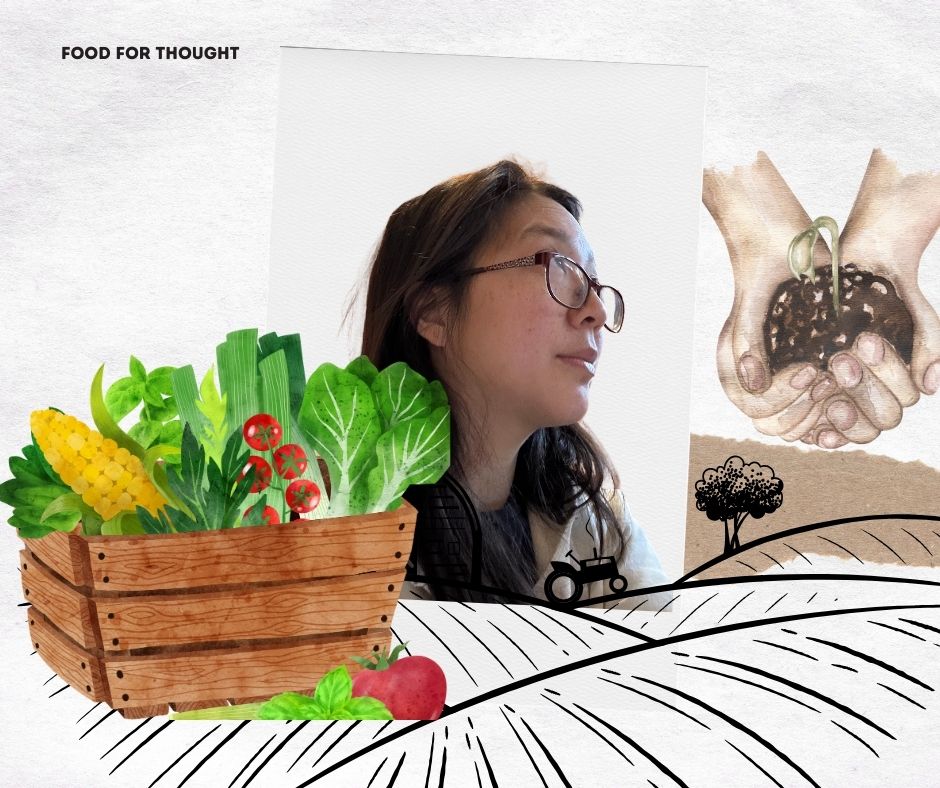As an integrative medicine and medical acupuncture practitioner, I’m divulging my secret approach to reversing the course of multiple chronic diseases and the simple truth is nutrition. Gosh, how boring is kale? Yet, did you know that by spending an extra 5-15 minutes with my patients asking them what they ate, drank, whether they ate late in the evenings, and what their preferred liquid hydration was helped so many of them lose weight, lowered their blood pressure, and improved their anxiety or depression. Words and listening can be just as powerful as the e-prescribe button and learning to discuss nutrition beyond “let me refer you to a nutritionist.” It’s a healthcare skill that physicians should learn to finesse.
Vegetables and fruits in the produce aisle may not glimmer with multi-billion dollar pharmaceutical endorsements but its power to change a patients’ life can be phenomenal. I first held witness to prescribing food as medicine when I was an integrative medicine fellow in Lawrence, MA and started reading Dr. Joel Fuhrman’s ground breaking book “Eat to Live” in 2015.
He reported REVERSING disease in patients with type II diabetes and getting them off insulin. He also was successful in ameliorating patient’s autoimmune disorders. I was quite curious and noted that at the end of his book he invited anyone who was interested to learn more about what he did to come out to New Jersey and visit his clinic. I called his front desk and asked to visit.
I met with Dr. Jay Benson who was the clinician at the office and briefly met Dr. Fuhrman also who signed my book! I was a little awestruck but was excited to shadow in the office to see what I could learn. Patients were coming in with cardiovascular disease looking for integrative methods, instead of just relying on prescription medications and watching and waiting to see how their lifestyles and the Russian Roulette of their genes played out.
It was so interesting to see the simplicity yet also value of how counseling patients on food (mainly plant based) that they chose at the grocery store could change their disease course. No prescription medications were written. If there were any conversations about prescriptions it was actually counseling them about how their blood pressures may begin to drop and or blood sugars go down so they would need to coordinate with their primary care doctors about monitoring and lowering their medications appropriately as they engaged in the Nutritarian diet practices.
After this visit, I became very curious about the world of food beyond its culinary value. It really could be healing medicine if used in the proper context. I kept reading and exploring. I enrolled in T. Colin Campbell’s Cornell University course on plant based nutrition. Campbell is professor of nutritional biochemistry and writer of The China Study. His work explored the correlation between elevations in breast and colon cancer and relative amount of animal and dairy based foods in people’s diet. His course explored the historical politics of food in America and where government health recommendations became skewed towards protein. Protein is an important building block for enzymes and multiple aspects of function of the body but its overemphasis also lead to a villainization of fat. Saturated fat became the bad guy but it also usurped the value of maintaining micronutrient density in American’s diet. The concept of healthy became “low fat,” adequate protein, and low calories. This perpetuated a health sinkhole for people that were trying to be health conscious particularly those that were trying to lose weight by going “low calorie.”
An individuals metabolism and blood sugar control is much more complex than that. What does make a difference in metabolism and blood sugar control is the right balance of sufficient protein, healthy fats (particularly omega 3) and utilization of high fiber-high phytonutrient dense foods (namely in leafy greens, vegetables, and fruits), nuts and seeds rich in vitamins and minerals, mushrooms that promote immune health, and beans that contain fiber and inositol which are food for our gut microbiome. Choosing complex carbohydrates with whole grains over simple carbohydrates and eliminating processed and frankenfoods as much as possible also makes a HUGE difference.
Food Facts:
Is Kale Boring?
The science of kale and other brassicaceae vegetables.
Sulforaphane is a phytochemical (namely isothiocyanate) found in kale and helps promote the production of glutathione which is one of the most powerful antioxidants produced by the body, specifically in the liver.
Kale also is a source of Indole-3-carbinol (I3C) which produces DIM. DIM in turn can influence the metabolism of estrogen in the body, moving it towards creation of the less carcinogenic estrogen metabolites.
Glucosinolates needs to be converted via an enzyme called myrosinase which is found within the cell walls of the plant. Myrosinase can be deactivated with cooking. Thus, chop your broccoli before you cook to promote the production of these healthful phytonutrients and precursor to powerful antioxidants of the body.

Dr. Trowbridge is a family medicine physician and practices functional medicine and medical acupuncture in Grand Rapids, MI. She provides medical consultation and treatments for patients struggling with chronic disease, pain, and or other mood disorders including, anxiety, depression, and PTSD.
Disclaimer:
The contents of this article, such as text, graphics, images and other material are intended for informational and educational purposes only and not for the purpose of rendering medical advice. The contents of this post are not intended to substitute for professional medical advice, diagnosis or treatment.
Please consult your physician for personalized medical advice. Always seek the advice of a physician or other qualified healthcare provider with any questions regarding a medical condition. Never disregard or delay seeking professional medical advice or treatment because of something you have read on this post.
